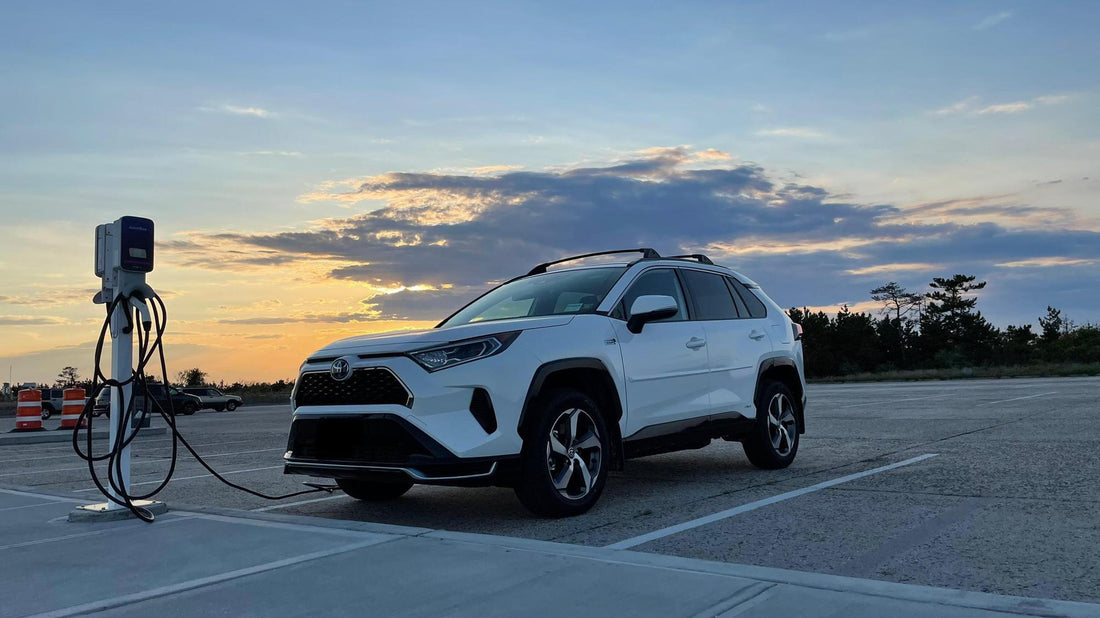
Exploring the Remarkable Evolution of Wireless EV Charging Technology
Share

Introduction
The automotive industry is at the forefront of a global transformation as electric vehicles (EVs) gain traction as a cleaner, more sustainable alternative to traditional combustion engines. Among the technological advancements driving this shift, wireless EV charging technology stands out as a groundbreaking innovation.
From its early conceptualization to the sophisticated systems being developed today, wireless EV charging has the potential to reshape electric mobility by making charging more convenient and integrated into everyday life. This blog explores the journey of wireless EV charging, its key advancements, and its potential to revolutionize the future of transportation.
The Early Days of Contactless Power Transfer
The idea of wireless power transfer dates back over a century, with Nikola Tesla’s vision of transmitting electricity without wires. While Tesla's ideas were ahead of their time, the growing demand for sustainable transportation has revived interest in wireless EV charging.
Key Innovations Driving Wireless EV Charging
1. Magnetic Resonance and Inductive Coupling: Simplifying Charging
These technologies enable power transfer between a charging pad and a vehicle's receiver. By eliminating the need for physical plugs, they offer a convenient, park-and-charge experience for EV owners.
· Market Potential: According to the International Energy Agency (IEA), the global EV fleet could reach 280 million by 2040, underscoring the demand for efficient, user-friendly charging solutions.
2. Dynamic Wireless Charging: Powering Vehicles on the Move
Dynamic charging represents a significant leap, allowing EVs to charge while driving on electrified roads. This advancement addresses range anxiety, enabling longer travel distances without frequent stops.
· Investor Appeal: Dynamic charging technology can redefine long-distance EV travel, making it a prime focus for automakers and infrastructure developers.
3. Smart Grid Integration and Bidirectional Energy Flow
Wireless EV charging extends beyond powering vehicles. With Vehicle-to-Grid (V2G) technology, EVs can act as mobile energy reservoirs, transferring surplus energy back to the grid during peak demand.
· Benefits:
o Optimized Energy Utilization: Reduces strain on power grids.
o Sustainability: Promotes a harmonious relationship between energy and transportation.
· Investor Insight: V2G technology is not just a mobility innovation but a critical component of the evolving energy ecosystem, offering immense market potential.
Industry Leaders Driving Innovation
1. WiTricity Corporation
In July 2023, WiTricity launched its FastTrack Integration Program, supporting automakers in integrating wireless charging into their platforms. This initiative makes wireless charging more accessible to EV owners.
2. InductEV
In May 2023, InductEV acquired four U.S. patents, showcasing advancements in wireless inductive charging systems. These patents reinforce the company’s position as a leader in developing cutting-edge charging solutions.
3. Automotive Giants
Brands like BMW and Mercedes-Benz are heavily investing in wireless charging to enhance the convenience and appeal of EVs, signaling the industry's commitment to this technology.
Future Prospects and Challenges
The potential of wireless EV charging is immense, but certain challenges must be addressed:
· Standardization: Establishing global standards for compatibility.
· Efficiency Optimization: Enhancing energy transfer rates.
· Infrastructure Development: Expanding charging networks in urban areas and along highways.
Opportunities Ahead
With ongoing advancements, wireless charging is expected to see broader adoption in public transit systems, urban environments, and commercial fleets. As these innovations mature, they will further accelerate the global transition to sustainable transportation.
Conclusion
Wireless EV charging is no longer a futuristic concept; it is a rapidly evolving reality poised to revolutionize electric mobility. From effortless charging solutions to dynamic energy integration, this technology is paving the way for a cleaner, more efficient transportation ecosystem.
For investors, wireless EV charging represents an unparalleled opportunity to drive change in one of the most dynamic industries of our time. With continuous innovation and growing market demand, the journey of wireless EV charging is only beginning—position yourself to be part of this transformative evolution.